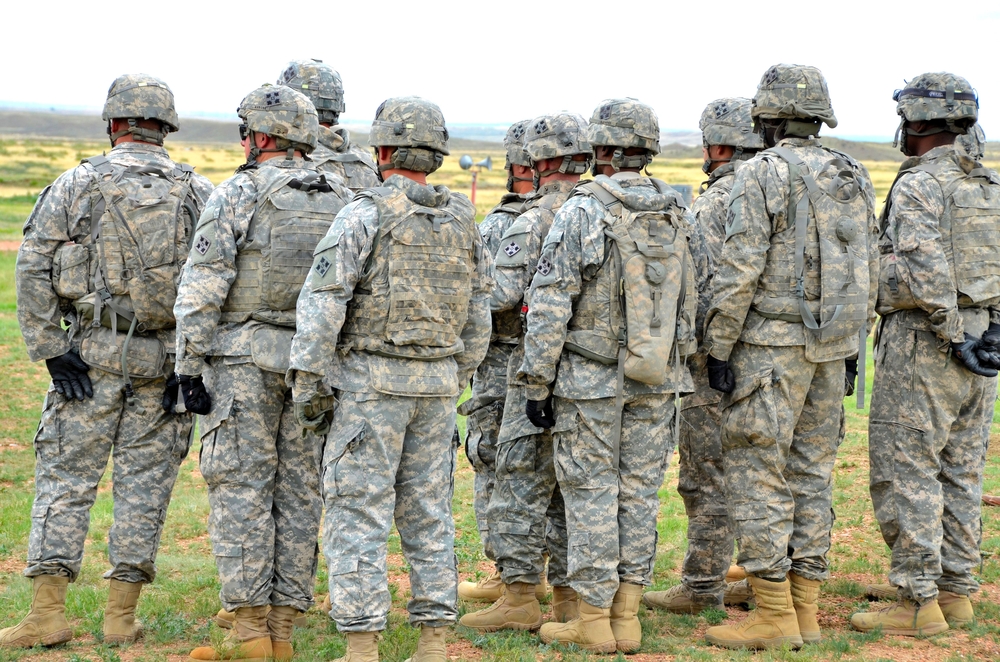
Student Presenter:
Jessica L. Embrey, Embry-Riddle Aeronautical University
A Presumed Problem:
People worry that allowing transgender people to serve in the military would cause tremendous medical bills for the government. There is also the fear that people who are transgender are not mentally competent and cannot be in charge of making decisions. A smaller problem is that serving and living with transgender individuals will make people uncomfortable and cause a disruption.
A Solution to the Presumed Problem:
President Trump has placed a ban stating the any transgender persons are not allowed to serve in the military. They have also given the responsibility to Defense Secretary James Mattis the power to decide what will happen to those who are currently serving on a case by case basis.
Background Narrative/ Evidence that the problem does not exist:
Discussions and decisions on LGBTQ military personnel began back in the early 1990’s when there was a report put out by the General Accounting Office reporting the cost of banning LGBTQ members in the Military. After this report, President Clinton announced the don’t ask don’t tell policy. This policy, as many probably know, allowed members of the LGBT community to serve in the military as long as they didn’t tell their sexual orientation. It was officially signed into law in 1993. (Belkin, 2015) In 2008, there was a study conducted by the Palm Center of the University of California Santa Barbara. In this study, the researchers’ survey identified 827 transgender current and former transgender service members. (Kerrigan, 2012) It was noted that many transgender persons were extremely private about their experiences. The research also showed that out of the 827 individuals surveyed 660 of them Identified as transsexual. The majority of them transitioning after they left active duty. (Kerrigan, 2012)
During the Obama administration, don’t ask don’t tell was repealed. This repeal allows service men and women to be open with who they are. This did not come without backlash. Many people were very against it for varying reasons. The most popular was the cost of medical treatment, including gender reassignment surgeries. There are currently around 12,0000-15,0000 transgender people currently serving in the military. (Belkin, 2015) With that being said, the actual cost is projected to be much lower than predicted. Gender reassignment costs would only be about 22 cents per transgender member a month, this adds up to about $5.6 million annually. That hardly dents the $47.8 billion annual military health-care budget. (Belkin, 2015) Paying for transition-related care in the long run can actually save the military money. By paying for transitioning, this can reduce the costs from depression and suicide. In other words, by not paying for transition cost they could potentially spend more money on medical and psychological needs. (Belkin, 2015) Some also believe that transgender people are not capable of making life and death decisions. They feel that if they are wanting to completely change their gender they should not be considered mentally competent. (Levy, Parco, & Spears, 2015) I have found no evidence to support these fears, however.
Possible Negative Consequences to the “Solution”:
The ban on transgender individuals denies them equal opportunity in the military and in life. Just because someone feels that they were born the wrong gender does not mean they cannot perform to the same standards as other non-transgender individuals. I do believe that they should be held to the same standards of the gender that they believe they are (i.e., If they feel they are male then they need to be able to perform to the same standards as their male counterparts). You are also setting the precedent that transgender people do not have the same rights as everyone else and should be treated differently. The sets a bad example to many people who may be considering transitioning. There were so many steps in a positive direction and now it seems like we are reverting back to discrimination and separation. They cannot be as open as they used to be without being punished and/or hurt.
Sources:
Belkin, A. (2015). Caring for Our Transgender Troops: The Negligible Cost of Transition-Related Care. The New England Journal of Medicine, 373(12), 1089-1092. Retrieved from https://search-proquest-com.ezproxy.libproxy.db.erau.edu/docview/1713645747?pq-origsite=summon
Kerrigan, M. F. (2012). Transgender Discrimination in the Military: The New Don’t Ask, Don’t Tell. Psychology, Public Policy and Law, 18(3), 500-518. Retrieved from http://gu6sd4xu4r.search.serialssolutions.com/?ctx_ver=Z39.88-2004&ctx_enc=info%3Aofi%2Fenc%3AUTF-8&rfr_id=info%3Asid%2Fsummon.serialssolutions.com&rft_val_fmt=info%3Aofi%2Ffmt%3Akev%3Amtx%3Ajournal&rft.genre=article&rft.atitle=Transgender+discrimination+
Levy, D. A., Parco, J. E., & Spears, S. R. (2015). Purple in a Black & White World: Self- Determination Theory and Transgender Militray Service. Journal of Basic & Applied Sciences, 11, 359-369.
